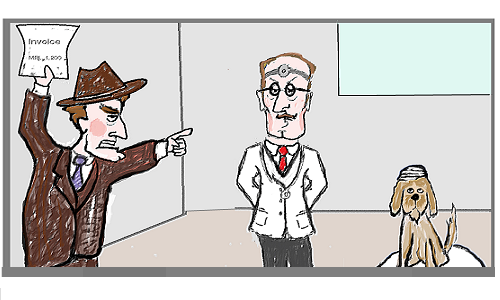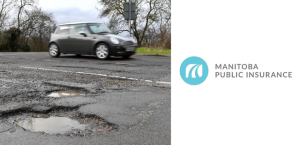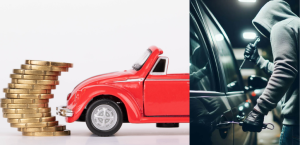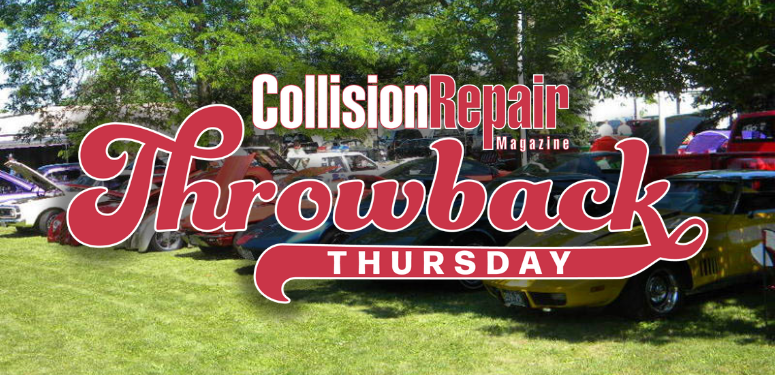By Gideon Scanlon
Toronto, Ontario — April 26, 2018 — As editor of Collision Repair, pointing out the fact that the collision industry is changing at breakneck speed is something of a daily ritual. While I consider the truth of that notion to be self-evident, I do feel that the sentiment ignores the fact that other areas of the aftermarket are likely to face far more significant transformations in the future. Chief among these malleable aftermarket sectors are the insurers.
In ten years, it is a fairly safe bet that whatever changes to hit the collision industry, people will still travel, and the things they travel around in will still need the occasional repair. But what will become of the auto insurance industry in a decade? I’m not at all sure. More importantly, I’m very skeptical of anyone who thinks they are!
What is clear that, in most provinces, high auto insurance premiums have become a galvanizing political issue. In Ontario and Alberta, discontent with rates has played some role in the collapse of left-wing provincial governments. In both provinces, their right-winged successors have pursued major policy initiatives that aim to open the market up to increased competition–moves which have been met with general approval. Should the initiatives prove successful, similar policies will likely be implemented by the other provinces as well.
The companies that do succeed in an increasingly competitive environment will, of course, be the ones that adopt new strategies allowing them to radically undercut other insurers on the price front. Many insurers seem to believe that a killer app could secure their financial futures. Mobile technology can, after all, allow insurers to set individualized rates–favouring drivers who do not speed, text or sleep behind the wheel.
Of course, it isn’t just a push for increases in market competition that will play a role in reshaping auto insurers. While it is unclear what percentage of cars in the future will be driven by people, it is equally uncertain how autonomous vehicles will impact the number of car accidents on the roads–or, for that matter, the price of repairs.
OEMs, it seems, are banking on a different trend taking root–the end of the individual car-owner. In an age where OEMs operate fleets, leasing them out to customers on a short term basis, who would even be responsible for the vehicle’s insurance? It isn’t just the fleet-oriented OEMs like Toyota and Volvo that are considering the idea of absorbing the responsibilities of insurers. Tesla, a company banking on continued personal car ownership, has already announced its own plan to provide insurance for its own product.
I can see three very different, but convincing scenarios, which I’ve outlined below. Brighter minds may be able to come up with far more–and I’d love to hear about them.
A: It is 2029. Traditional auto insurers have been priced out of the market by mobile apps that allow speculators to invest their own money by underwriting individual drivers. With information on the driving habits of individual drivers available to a seemingly limitless number of small-time investors, it is a buyers market. Premium rates drop precipitously and the businesses that stick to the old model crumble to dust. Sure, Amazon’s auto insurance department underwrites the whole system and provides the infrastructure to keep it running, but they do that with everything these days.
B: It is 2029. The frequency of auto accidents has been cut by 90 percent thanks to the widespread adoption of self-driving automobiles. When they do crash, however, they are costly to fix–and write-offs are far more frequent. For those auto insurers who stuck it out through the lean years of the 2010s, business is steady and more predictable than ever before. Whatever happened to the many smaller-scale start-ups promising to shake-up the industry with mobile-based grading systems related to driver performance, who can remember?
C: It is 2029. After legal precedents continued to establish that insurers had to cover increasingly expensive OEM repair procedures, the insurance market essentially collapsed. OEMs have largely absorbed the duties once performed by auto insurers. With personal vehicles now only a small minority of the auto market, OEMs invest considerable resources into making their–largely self-driving–fleets better at avoiding collisions.
Look, my point isn’t that the collision industry isn’t going through a radical transformation, just that the day-to-day changes facing repair businesses pale next to those of insurers. In covering the fast-paced world of collision repair, it is easy to forget about its position in the broader auto aftermarket–and, indeed, in the global economy.





































